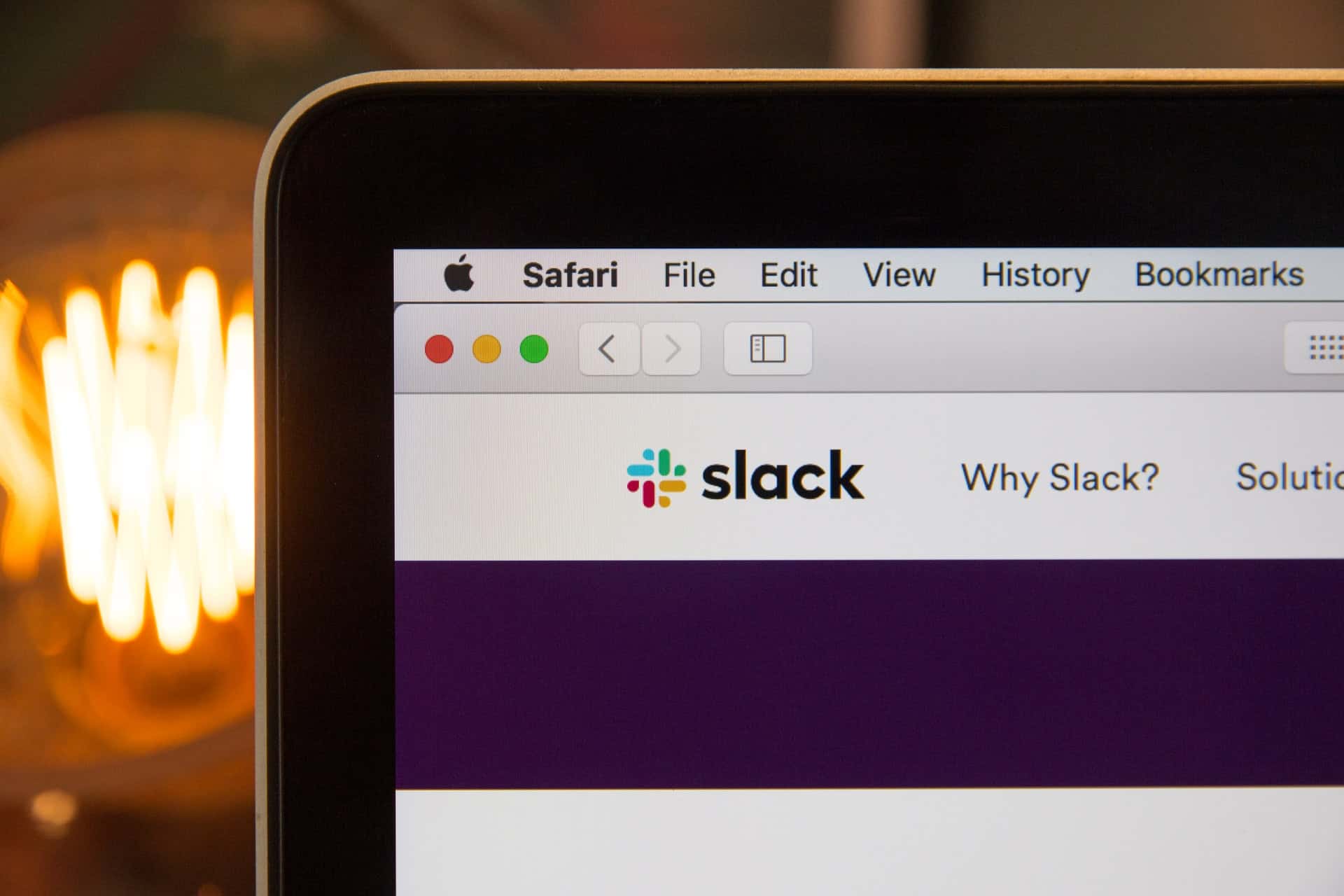Team collaboration isn’t a new concept. It’s something humanity has relied on throughout history. It doesn’t just bring people together. It’s about working together towards achieving a mutual goal.
Studies suggest that collaborative teams are more than 5 times higher-performing compared to their peers.
In contrast, individual work, stereotypes, and not working as a team only encourage a particular way of thinking, restraining team members from critical thinking, diversity of work, and the ability to face criticism.
Design teams should embrace this obvious fact and work in the direction of consolidating the team for each member to reach their full potential.
Here are a few useful tips on how to get your website design team to communicate and collaborate more efficiently:
Encourage communication

Sure, this one may seem pretty counterintuitive, but, first, before anything else, effective communication is all about fostering an environment of trust and respect in your office. You can’t expect your team members to speak up unless you assure them that it’s ok for them to do so and that no one will judge them for their ideas and opinions.
So, start by encouraging regular discussions about working methods and strategies that can help improve the team’s work. Different people will approach projects and tasks in their own unique ways. So, first of all, it may help if you hear these different ideas and eventually combine them for increased productivity and efficiency. Secondly, it will help your coworkers learn how to be respectful of other employees’ strategies and ideas.
Build personal relationships
People are more than simple employees. First, before being team members, they are humans. And, what happens in their personal lives can have a significant influence on what they do in the office, how they behave towards their coworkers, and how they communicate.
For better mutual understanding, it’s best for your team members to have personal relationships. It can nurture trust, understanding, and empathy.
You can help build personal relationships with various team-building activities. Such activities give team members the time to discuss other things about their personal lives outside of their work. Encourage conversations about each of your team members’ hobbies, interests, and even challenges.
Establishing personal relationships among the team members is a great way to nurture trust, which is a key ingredient for successful collaboration.
Have a designated team space

Yelling information and hoping for the coworkers on the other side of the office to hear it can’t be called proper communication. Not even texting that information is as good as having a silent place where team members can share opinions, ideas, and data related to the project.
So, provide your team with space where they can easily communicate and collaborate, be it a conference room or a dedicated Skype group.
Ensure everybody understands the project expectations
It’s difficult for your team members to communicate and collaborate efficiently if they are not on the same page with what they are working for. Whether you are designing a new app, website or improving an outdated interface, you need to make sure that everybody knows what the end goal is.
Common expectations from the project’s results set the environment for teamwork towards achieving those goals.
Designate. Designate.

Each of your team members needs to know exactly what they need to do in order to avoid future conflicts or misunderstandings. As a team manager, it’s your job to make sure everybody understands what tasks they must complete and which tasks involve teamwork.
So, designate tasks to each of your team members, but don’t forget to mention where collaboration is expected.
Try different brainstorming techniques
Brainstorming can go really wrong if you don’t use the right technique. It can result in unbalanced conversation, awkward silence, and even focusing on the wrong ideas. Here are some examples of popular brainstorming techniques:
- Event storming
- Mind mapping
- Rapid ideation
- Get “dumb”
- Round-robin brainstorming
- Starbursting
Use the right tools for the job

Collaboration and communication can be a bit different if some or all team members work remotely. In this case, teamwork must happen in a digital environment which can be more challenging if your team doesn’t have the right tools.
What tools should you provide your team with? Anything that encourages teamwork, from communication and collaboration software to online proofing software and project management tools. Presentations also play an important role in team collaborations. Using a tool like free PowerPoint templates can help you create visually impactful presentations to engage with your team more effectively.
Other tools that can be really useful for your team to collaborate online are file editing and sharing tools. For example, in design, your team may regularly share PDF files with each other. A useful tool for their collaboration would be a PDF to PNG converter such as the one you can see here.
Ask your team for feedback on what tools would make their job and collaboration easier, and provide your team members with them.
Encourage friendly competition
Competition in the workplace is often seen as a toxic thing. And, it can be really unhealthy for teams. Yet, when used correctly, it can be a really powerful tool that motivates and engages your team members.
Allow everyone in your team to keep track of the team’s progress to encourage some friendly competition. If your coworkers see how their work measures up to their team peers’, they also know whether they need to try harder.
Don’t forget to set a symbolic prize for the winning team or employee, whether that is a bonus or an award. The point is that you must let your team know that there’s a reward available for them if they deliver the project by a specific deadline or obtain certain results.
